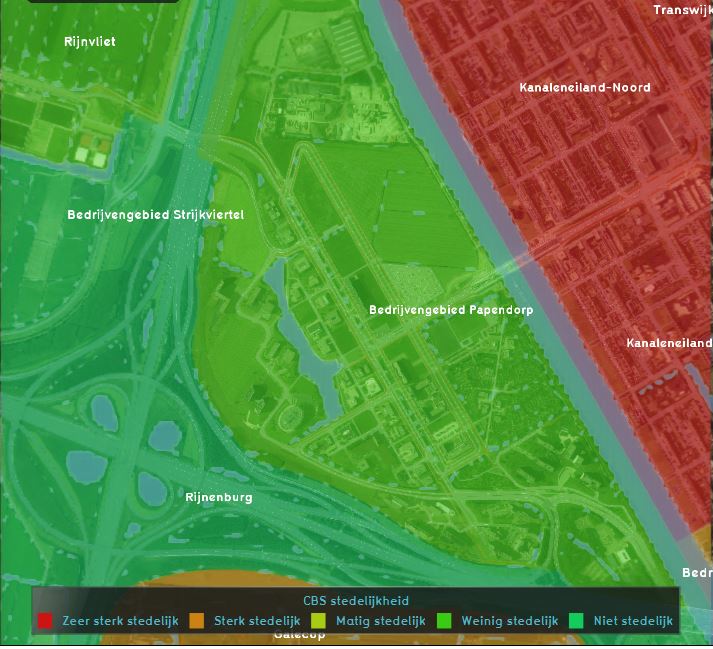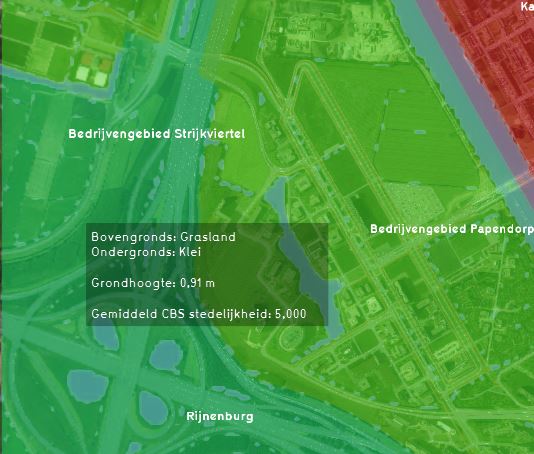Average Overlay: Difference between revisions
| Line 14: | Line 14: | ||
==How-to's== | ==How-to's== | ||
* [[How to add and remove an | * [[How to use the Average Overlay Wizard|Use the Average Overlay Wizard]] | ||
* [[How to add and remove an Overlay]] | |||
* [[How to edit an overlay legend|Edit an overlay legend]] | * [[How to edit an overlay legend|Edit an overlay legend]] | ||
{{Template:Overlay nav}} | {{Template:Overlay nav}} | ||
Revision as of 11:12, 7 January 2021
The Average (Grid) Overlay displays (smoothed) attribute values from buildings, terrains, areas or neighborhoods that are assigned to a grid cell. This overlay becomes available for each stakeholder. It is possible to create a custom dynamic Grid Overlay with the Average Overlay.
A typical use-case of the Average Overlay is to visualize parameters of a simulation model (e.g. the rainfall overlay). A parameter assigned to a grid-cell can be related to one or more layers of the 3D model: Buildings, Terrains, Areas and Neighborhoods.
Additional information displayed in hover panel
When clicking on a specific location in the map of the Average Overlay, the hover panel gives additional information over the actual value in that specific grid cell.
Input Overlay
Input Overlays are spatial average overlays that supply additional insights in the data used for complex Overlay models (e.g the Water Overlay or Heat Stress Overlay). Input Overlays can be made visible in the 3D model by selecting them in the Wizard or adding them manually.
How-to's

